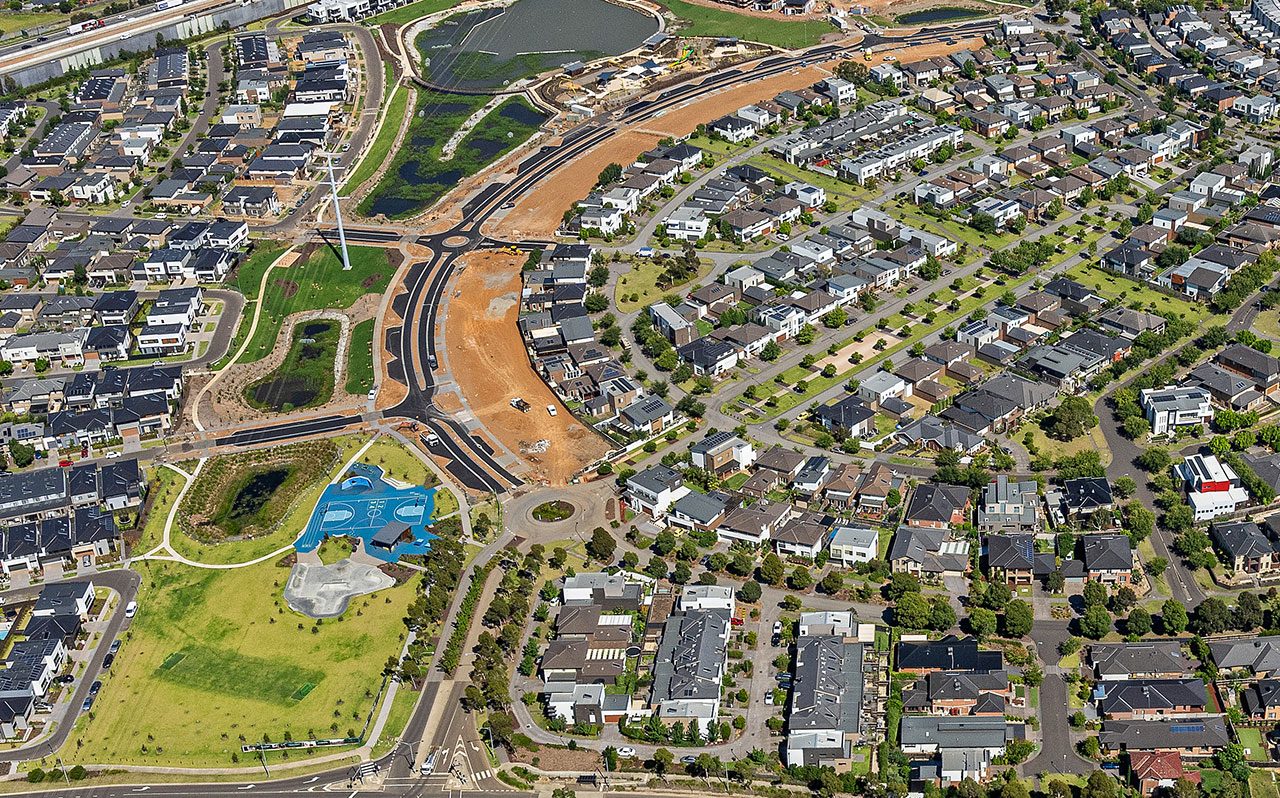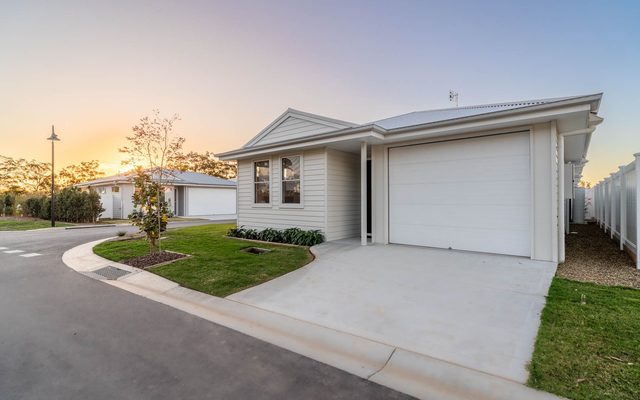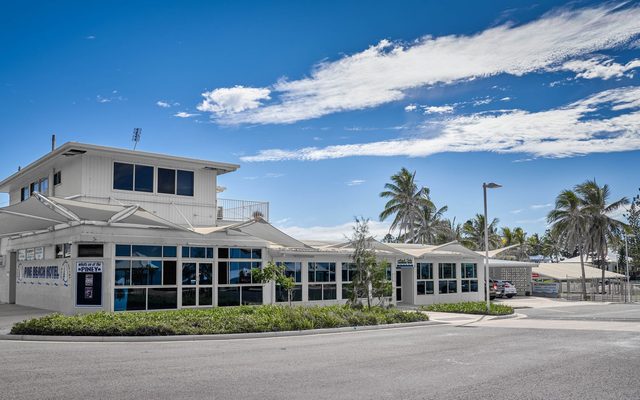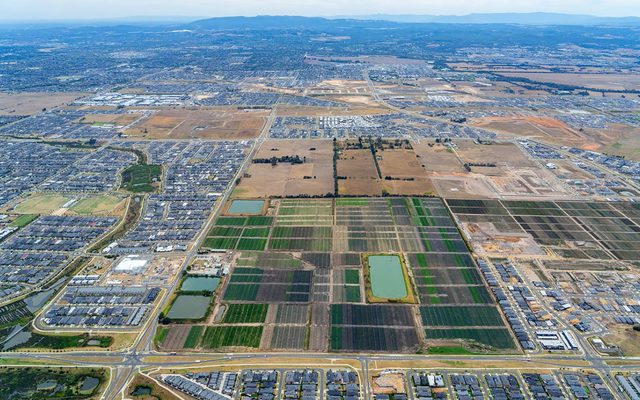This article is from the Australian Property Journal archive
DEVELOPER incentives, stable interest rates and expectations of a future rate cut led to new land sales in Melbourne and Geelong lifting by 15% in the first quarter, and while the raw numbers are well below long-term averages there are “plenty of buyers waiting on the sidelines” for further change to the economic climate, a new report says.
RPM’s latest Victorian Greenfield Market Report recorded 2,037 sales in the three-month period, which also showed sales 7% higher for the 12 months to March – the first annual increase across four quarters since the fourth quarter of 2021.
However, the total number of lots sold is not even half of the 10-year quarterly average of 4,360 sales, as buyers face persistent cost-of-living pressures and reduced borrowing capacity.
The median sale price fell slightly by 0.7% to $384,350, which followed another reduction in the final quarter of 2023 when it fell 0.5% to $386,900.
The median lot size was steady at 350 sqm.
RPM national managing director, project marketing Luke Kelly said numbers indicate the “nascent beginnings of a recovery if we can get inflation further under control and an interest rate cut”.
The home-to-land price ratio is also improving, due to house prices trending upwards, land prices remaining stable, and the presence of significant developer incentives shaving an average of $25,000 off the median price of a 350 sqm block.
“What that means is the gross median price comes down to below $360,000, which is a significant difference,” Kelly said.
Some of the heat has come out of inflation, although CPI increases remain sticky. Kelly noted the federal government in the recent budget flagged a reduction to migration which “should help to reduce inflation”.
However, Kelly said, the Reserve Bank of Australia may not cut interest rates this year.
“Inflation remains a big problem for buyers as it continues to erode household finances, which may offset the benefits of stage three tax cuts and could result in borrowing capacity for low to middle income households reducing by 5%.”
“We’re seeing that impact particularly with first-home buyers who are disproportionately affected by elevated interest rates.”
That sticky inflation data in particular led to a slightly more hawkish tone from RBA governor Michele Bullock following this month’s meeting, which saw interest rates kept on hold at 4.35%.
The RBA next board meeting official cash rate announcement will be on Tuesday, 18th June.
Meanwhile, pent-up demand is expected to increase due to strong forecast population growth in Victoria, which was being aided by interstate migration to Melbourne partly due to higher property prices in other capital cities such as Brisbane and Sydney.
Kelly said the number of buyers is well below the long-term average while the population is growing, reflected in the average days on market increasing in each corridor.
“The low number of sales indicates there are plenty of buyers waiting on the sidelines for those cost-of-living pressures to ease and their borrowing capacity to go up so they can then enter the market.”
Kelly said the new home market is “key” if the state government is going to reach its goal of 80,000 new homes each year over the next decade, as part of its Housing Statement.
The Victorian government’s 2024/25 Budget put aside $700 million for the Victorian Homebuyer Fund, capped at $950,000 in metropolitan Melbourne and $700,000 in regional Victoria, which Kelly said importantly fits cost-wise with most new house-and-land packages on the market.
However, the Allan government also announced the fund would end next year, to be replaced by the federal government’s Help to Buy shared equity scheme.
South-east and northern corridors dominate March quarter sales
Sales surged across both the south-east and northern growth corridors, up 33% and 37% respectively, with the latter being the most affordable market alongside the western corridor, with a median sale price of $370,000.
The northern corridor recorded the shortest period of average days on market at 143 days despite this being higher than the previous quarter.
Sales also increased in the western corridor, which was up by 4%. Despite the increase, its share of total sales across all growth corridors declined to 37%. Strong sales in Wyndham, which rose 53% to 431 sales, accounted for the majority of the 755 western corridor sales during the quarter.
The median lot price rose by 2.9% in the south-east corridor to $450,000, 6% higher than the same quarter last year, ensuring it remained the least affordable new home market. Both Cardinia and Casey saw notable increases in sales lots. The average days on market increased to 170 days, which is the longest period ever recorded.
Weak demand saw Geelong’s sales numbers plunge by 28% to a long-term low of just 98 sales, 46% lower than in the prior corresponding quarter. The median lot price rose 3% to $406,000 due to the median lot size rising by 9% to 437 sqm.




